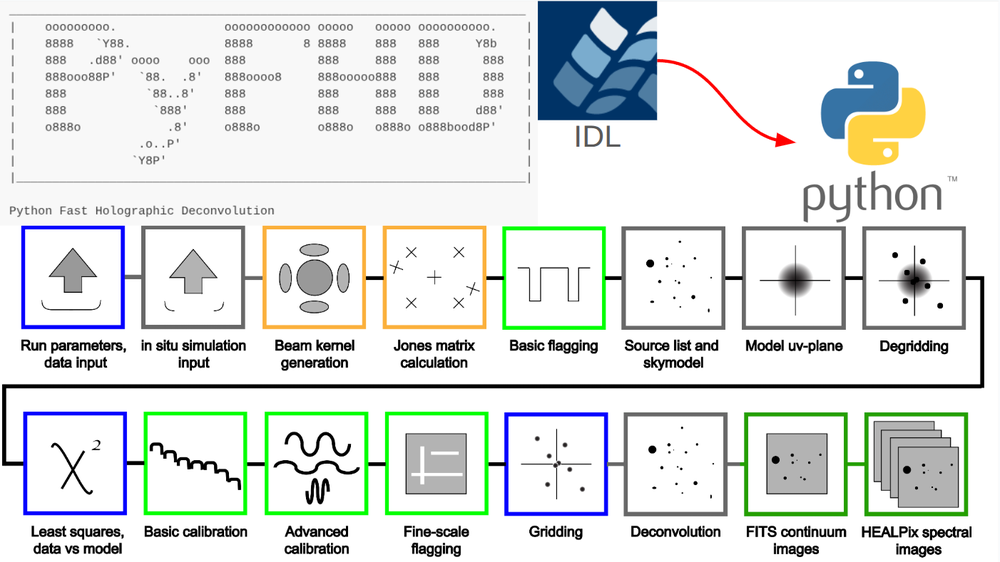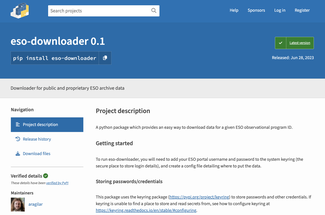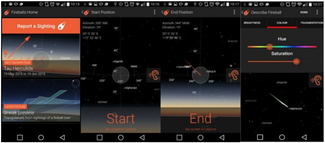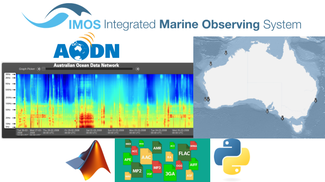
The Fast Holographic Deconvolution (FHD) software is most successful open-source Epoch of Reionisation (EoR) pipeline was built in IDL, an ageing, proprietary software. This is a significant limitation; only those in the community that can afford the licensing are contributing and using the software, essentially disenfranchising students from smaller universities or countries. The board of directors for the FHD software determined that the best risk-mitigation strategy would be to migrate the code base from the proprietary IDL to the open source Python language. Ideally this software would be able to support data from many EoR projects and telescopes, however the initial goal of the project is to have a python code base that can analyse Murchison Widefield Array Epoch of Reionisation data for use in upper limit measurements for the first time.
With a combination of effort from ADACS and the Curtin Institute for Data Science (CIDS), the Fast Holographic Deconvolution (FHD) software migration was completed. The initial code audit began as an ADACS project in early 2021 as an audit of the existing code, and an investigation into the feasibility of translating a large codebase from IDL to Python. Once the feasibility study was complete, a plan was drawn up for a long term ADACS engagement over multiple semesters. In semester 2021B the three core modules were translated, including the IDL "histogram" function, as well as the creation of a testing framework to validate the translated FHD code. In 2022 the translation enabled, for the first time, a short workflow entirely in python, demonstrating that the translated functions and modules could be integrated. By the end of 2022, the IDL and Python versions of the code base (FHD, and PyFHD) were able to share inputs and outputs. In the 2023A semester more of the core FHD pipeline was translated adding additional features and flexibility for the users. The final semester of ADACS support was in 2024A, and by this point the aim was to complete as much of the translation work as possible and make PyFHD a published package available on pypi.org.
From 2024B onward the CIDS was engaged to complete the final stage of the project, using funding from Dr Nicole Barry's DECRA fellowship. This final stage involved some testing and translation work, but focused more on providing documentation for users and developers, providing test data for user tutorials, publishing the project on pypi.org. Additionally a workshop for users and developers was delivered at the EoR Code Exchange workshop in Gorlitz.
After multiple years of support from both ADACS and CIDS, this project has finally realised it's goal of having a software tool that is open, available, and accessible to low-frequency radio astronomers and EoR experts across all institutions and countries.

Check out some of our other projects.

ADACS developed the "eso-downloader" Python package to automate ESO telescope data downloads. It streamlines access, quality checks, and retrieval, improving efficiency for astronomers in large programmes like GECKOS and MAUVE.

A software audit for the Fireballs in the Sky app to understand what work is needed to update or remake the app so that it can again be published in the app stores.

Converting a matlab script into a python library, so that IMOS researchers can provide their acoustic data in a more widely accessible data format.